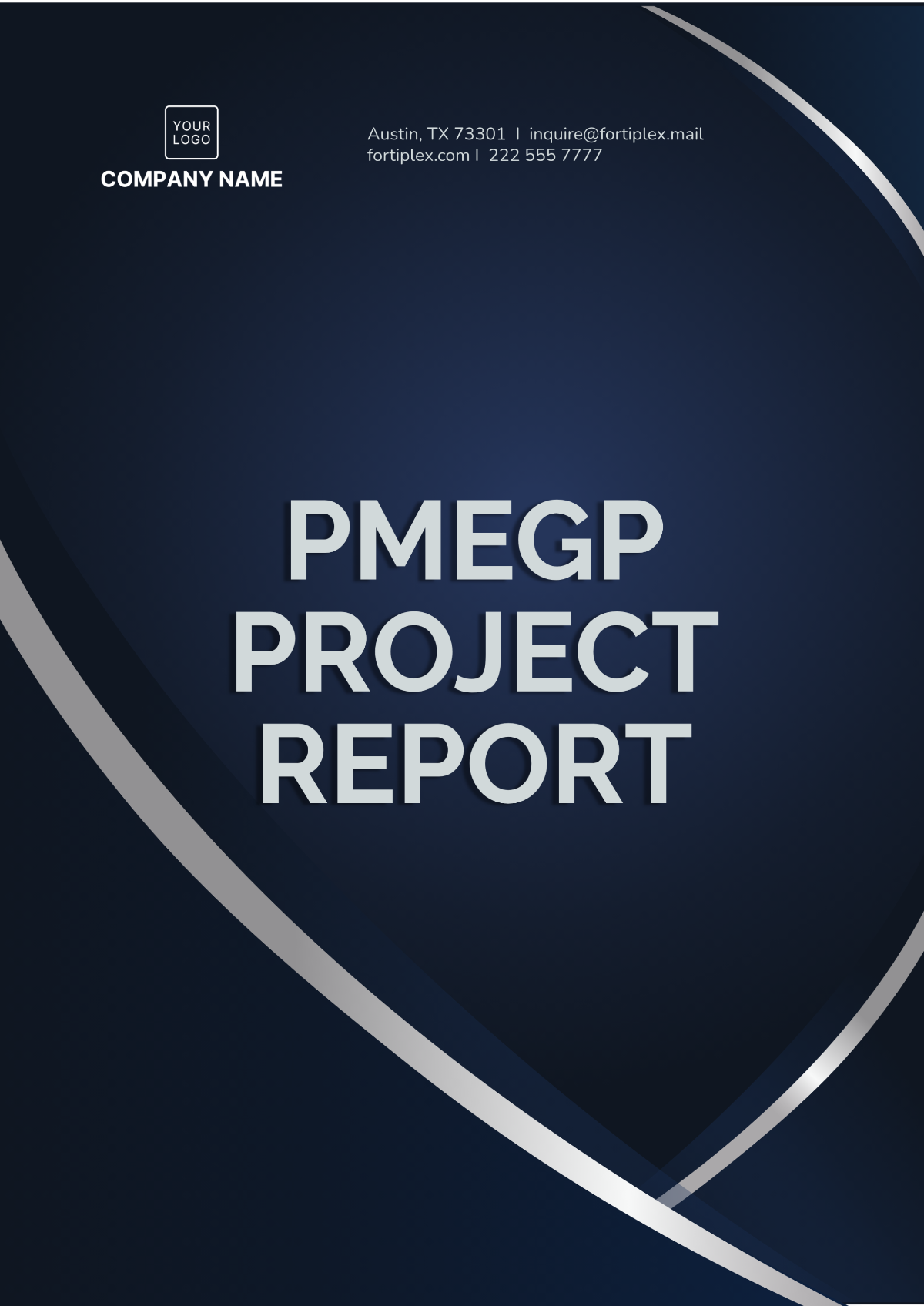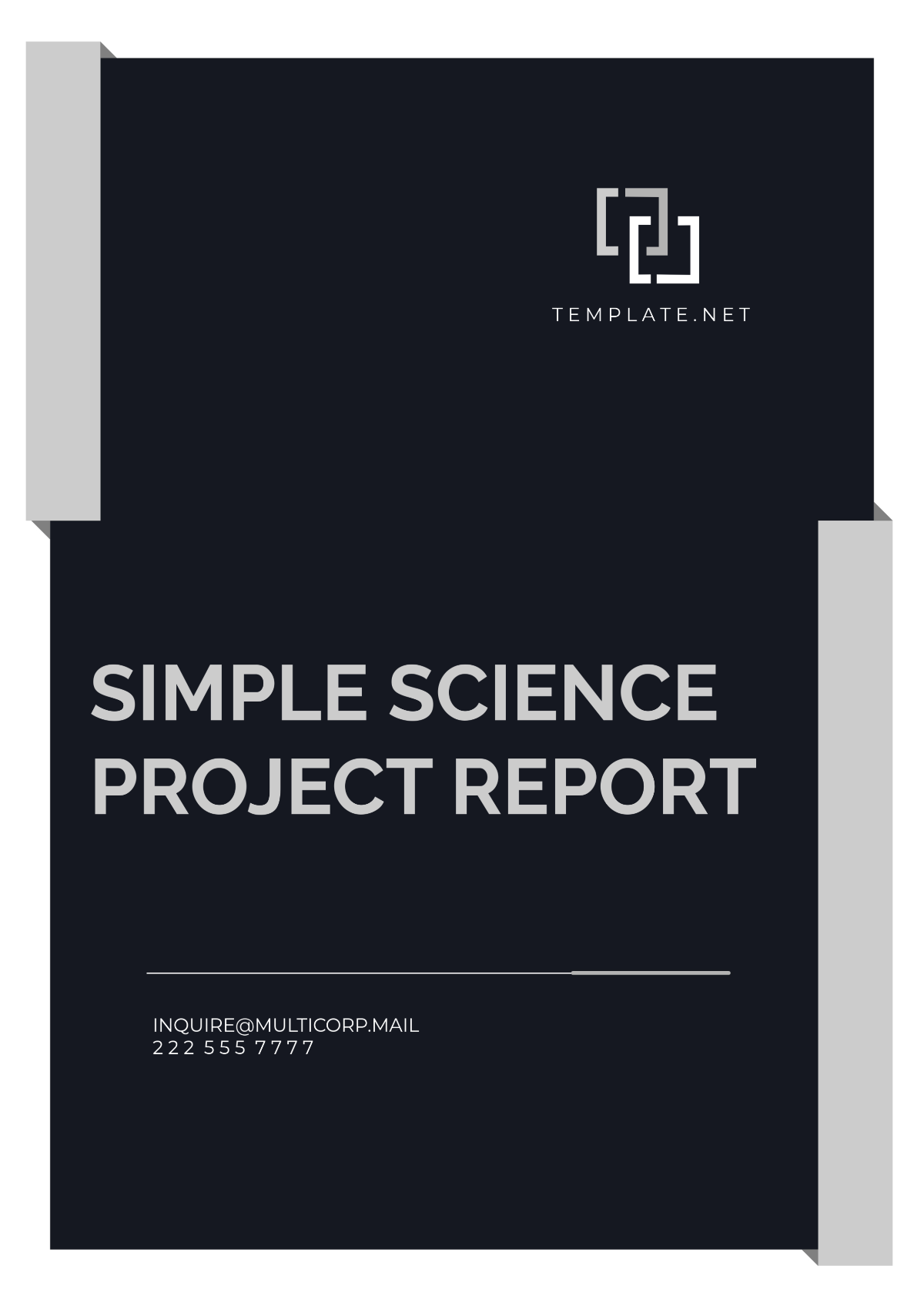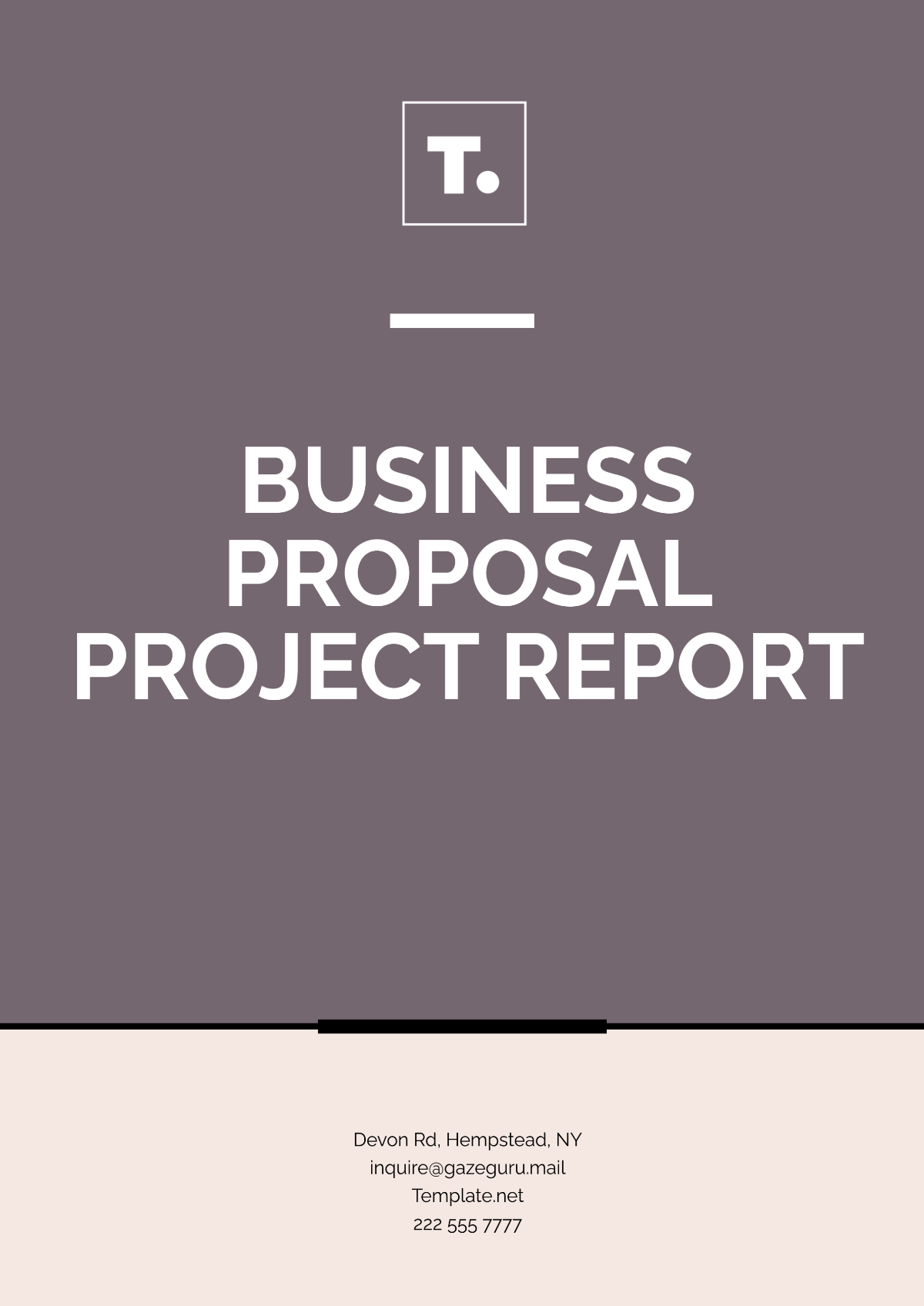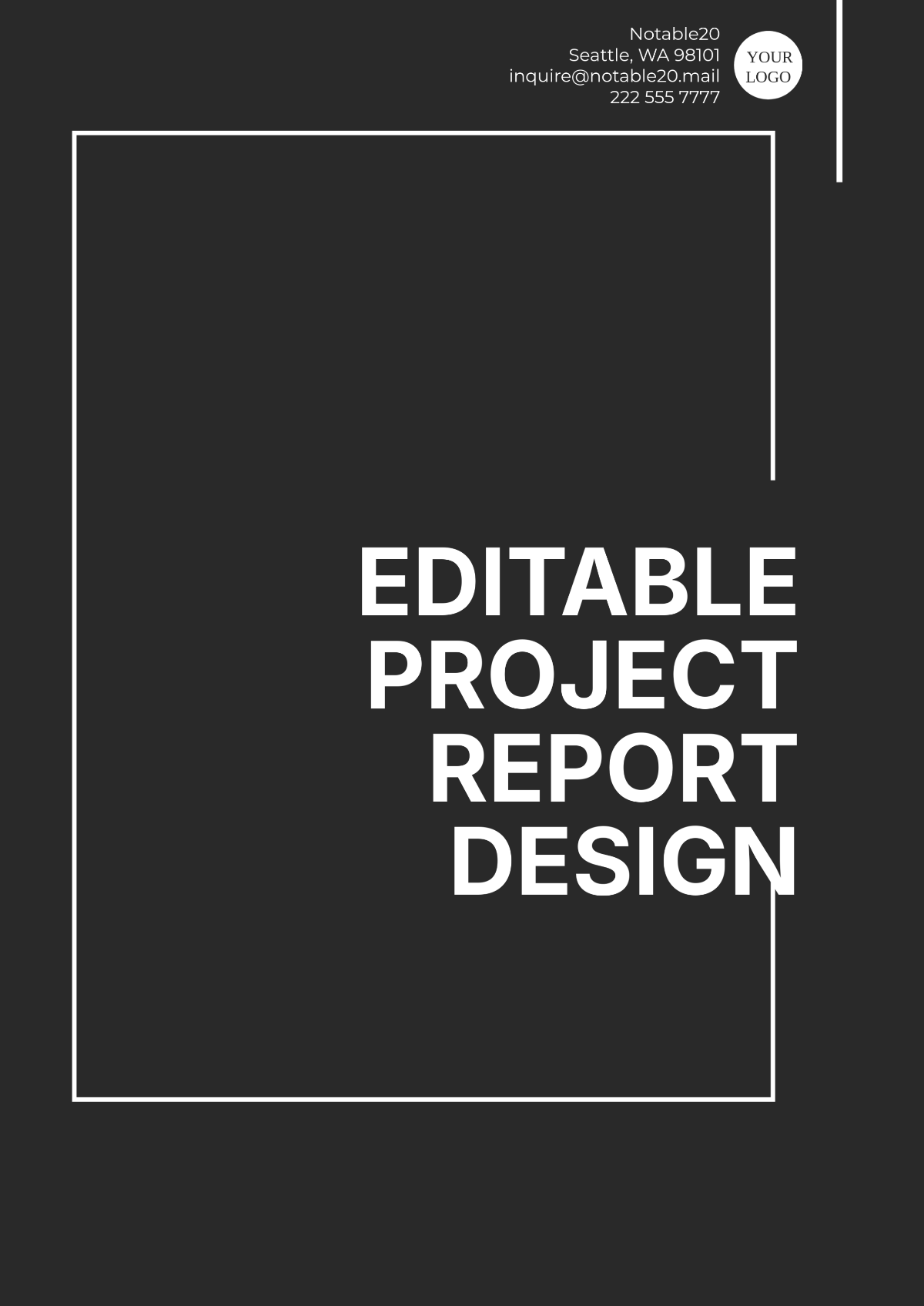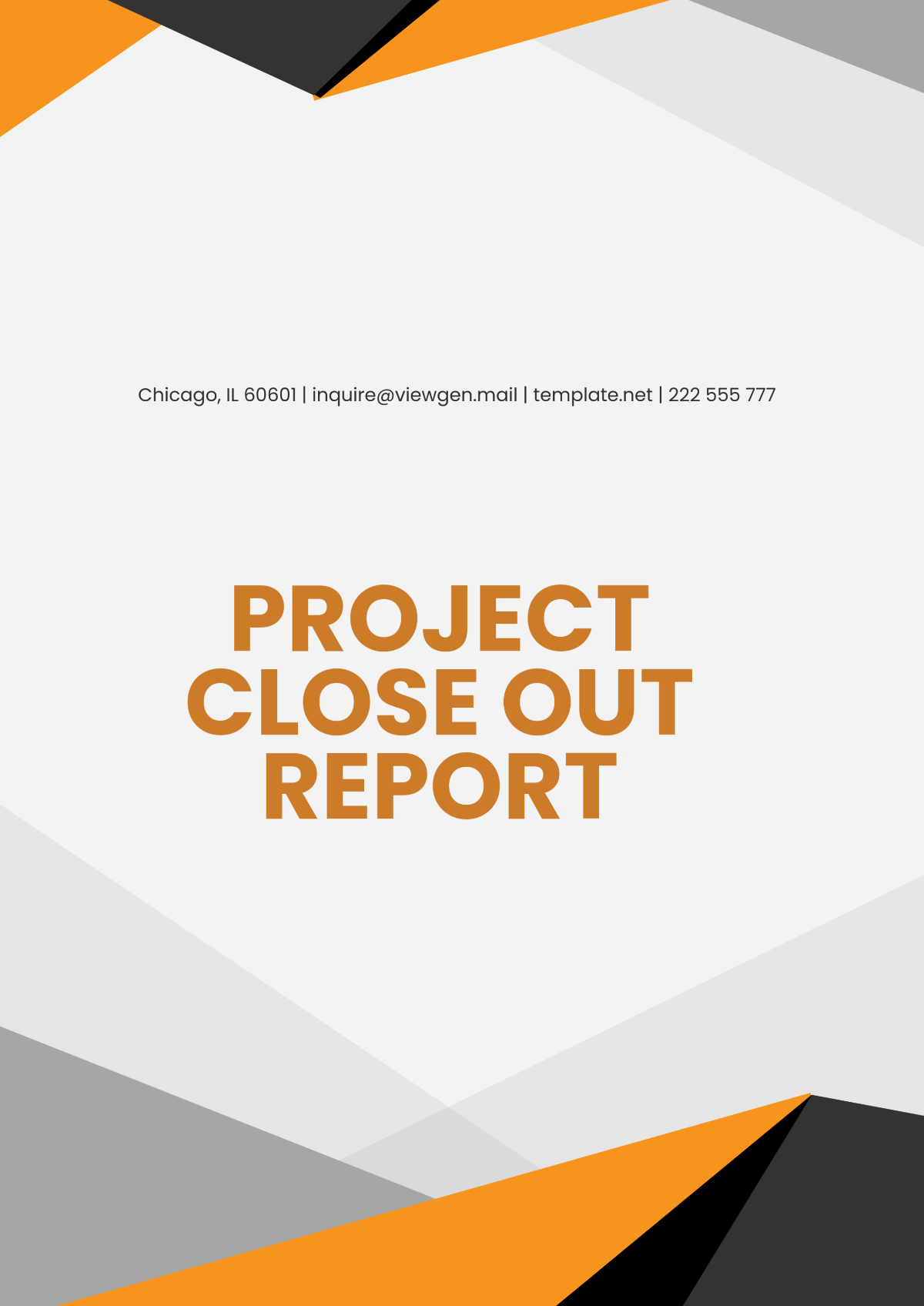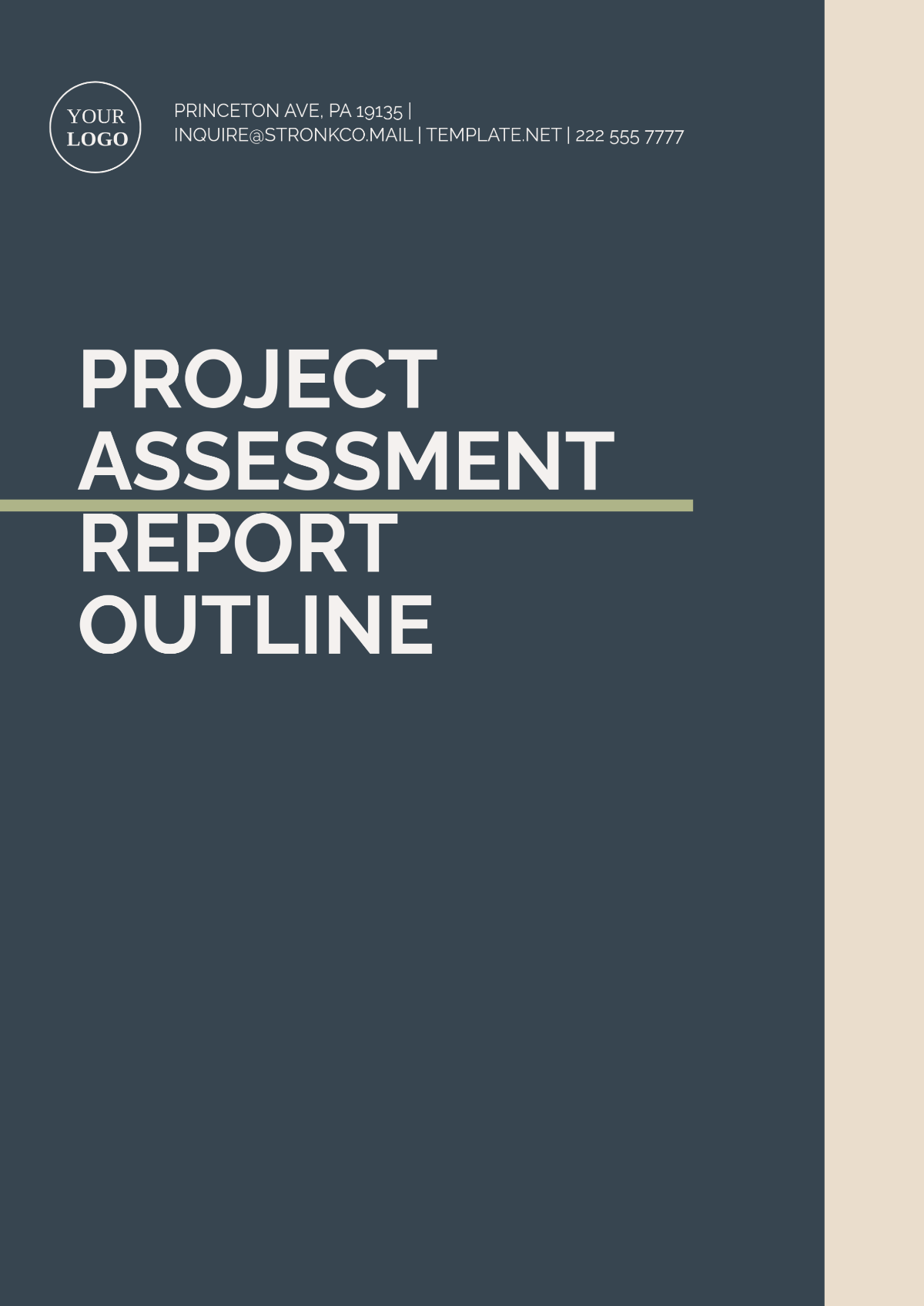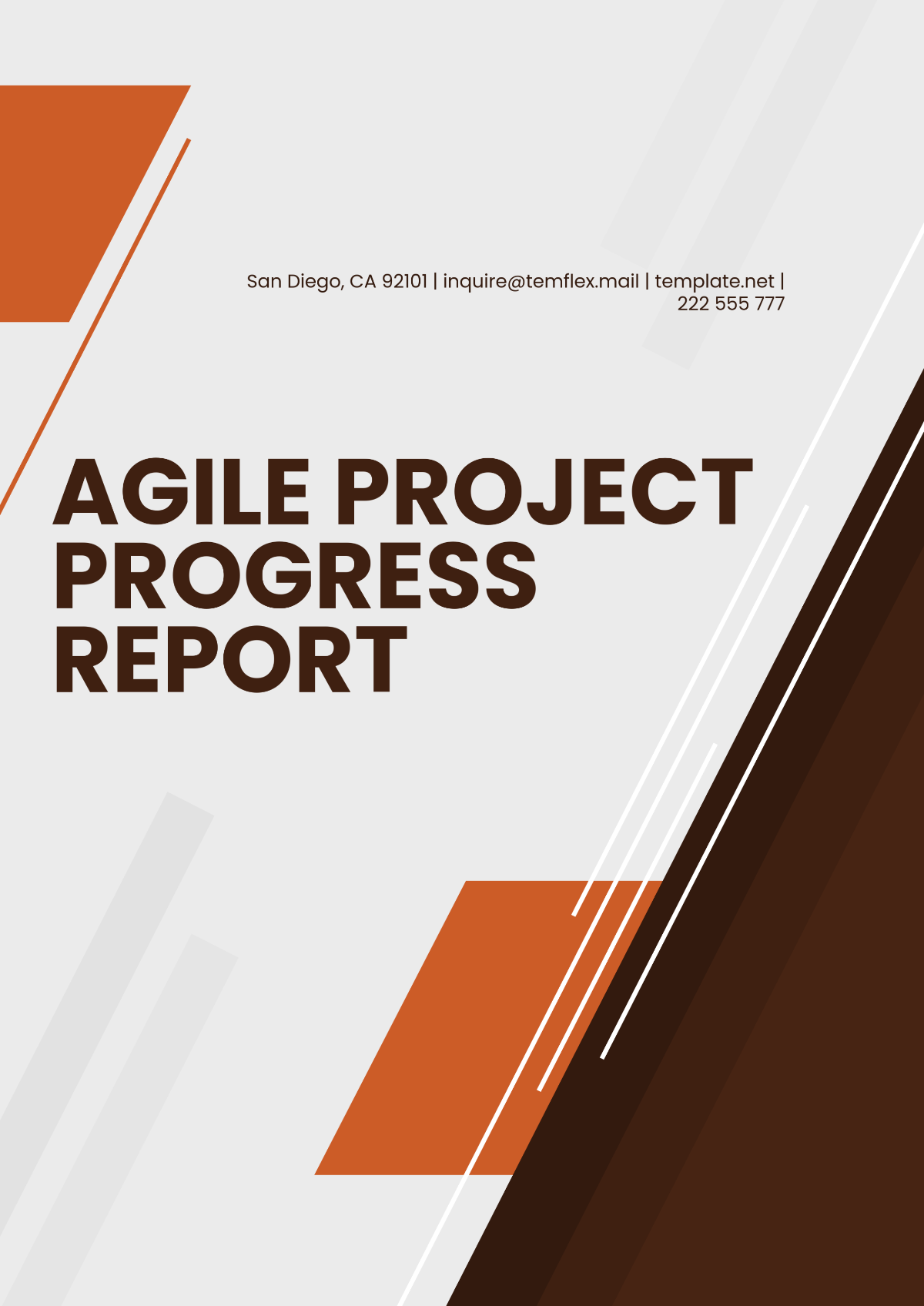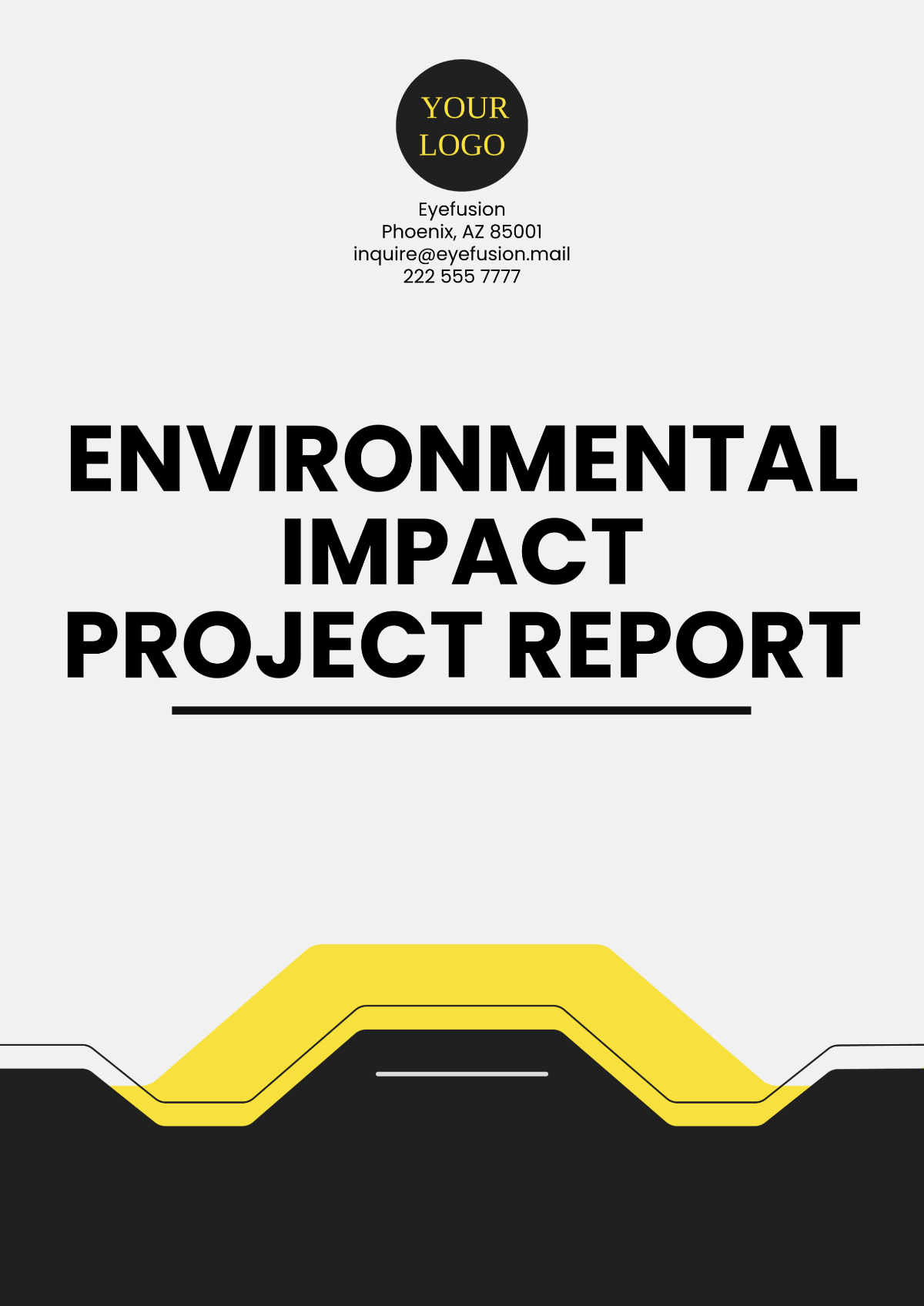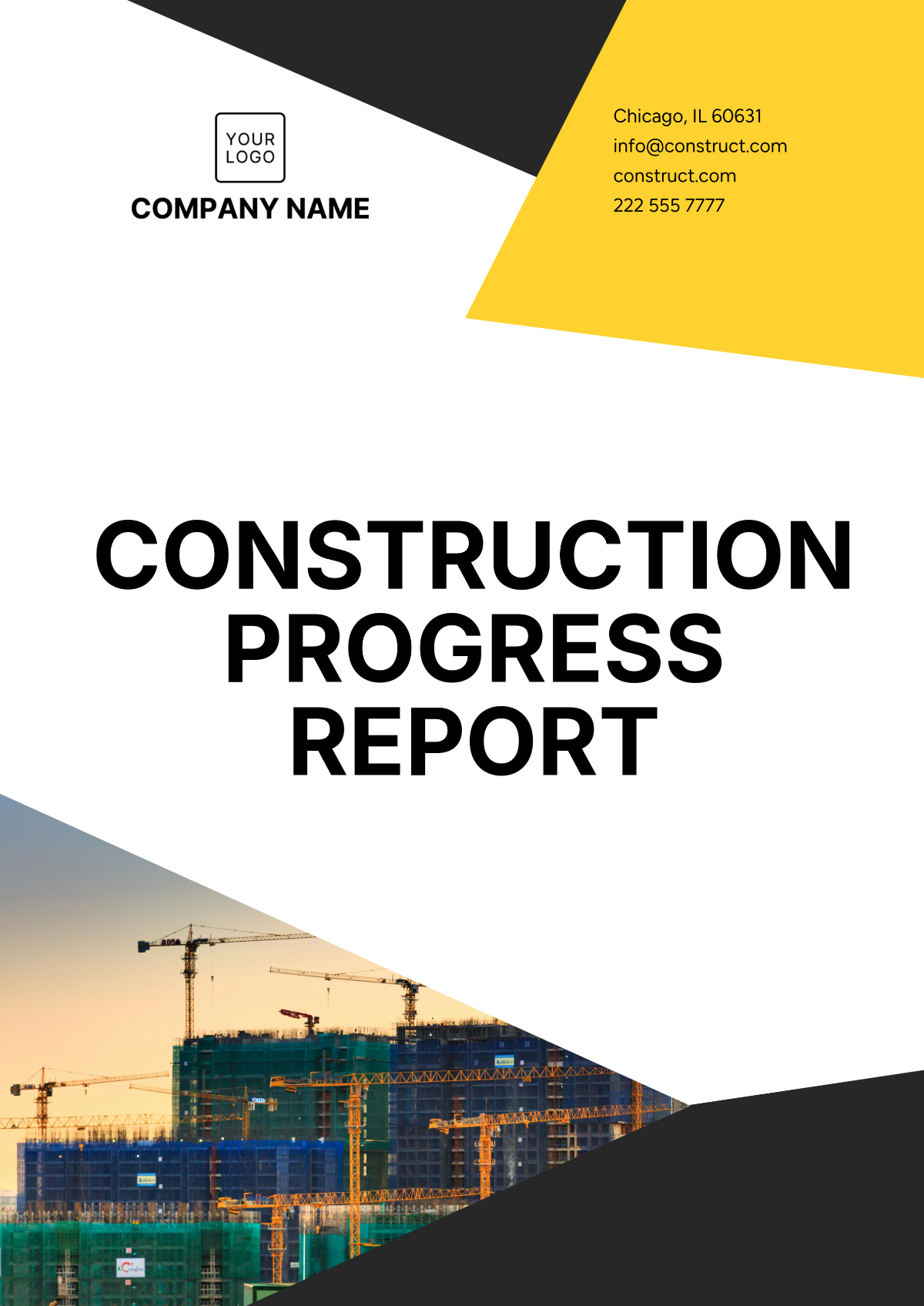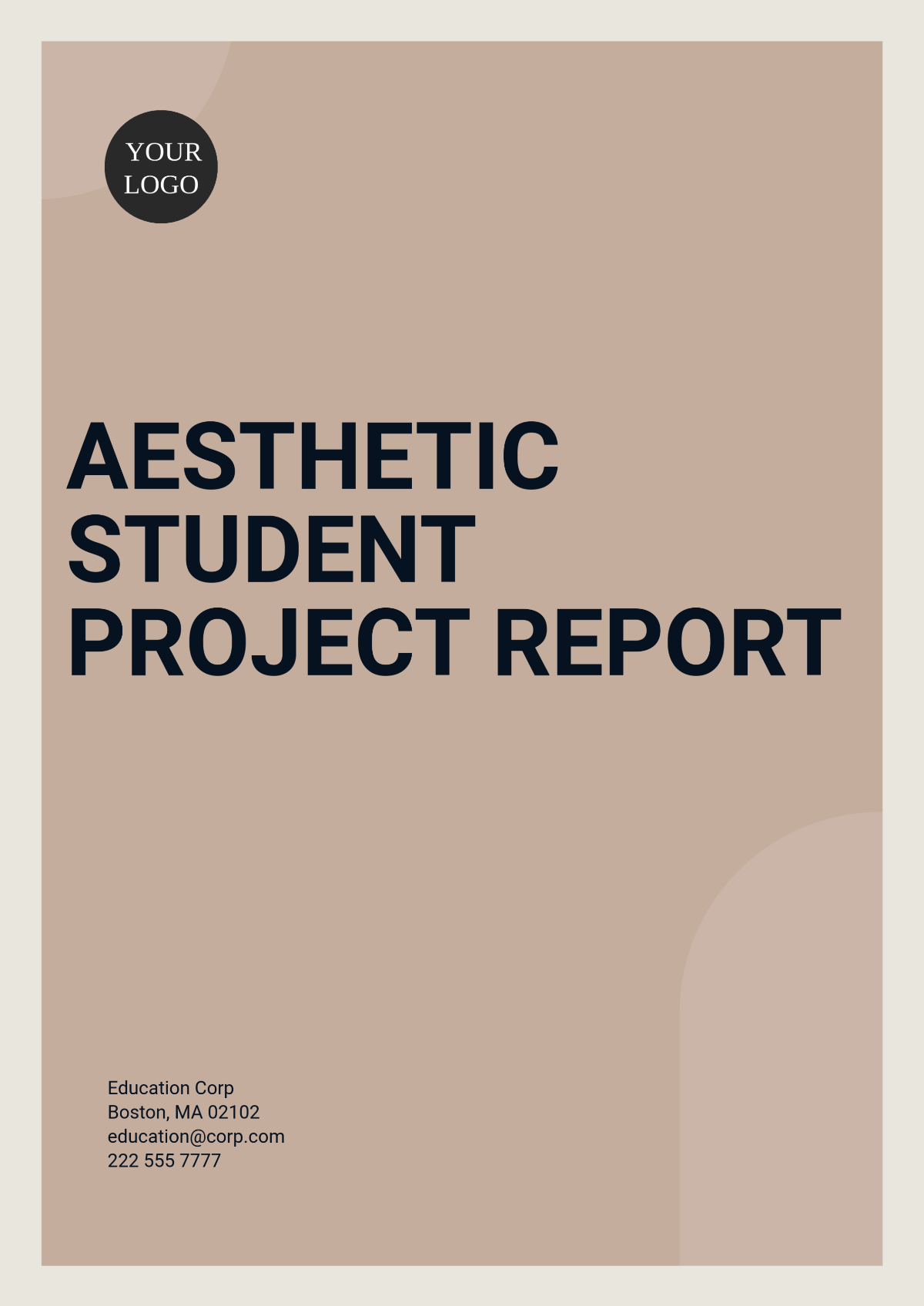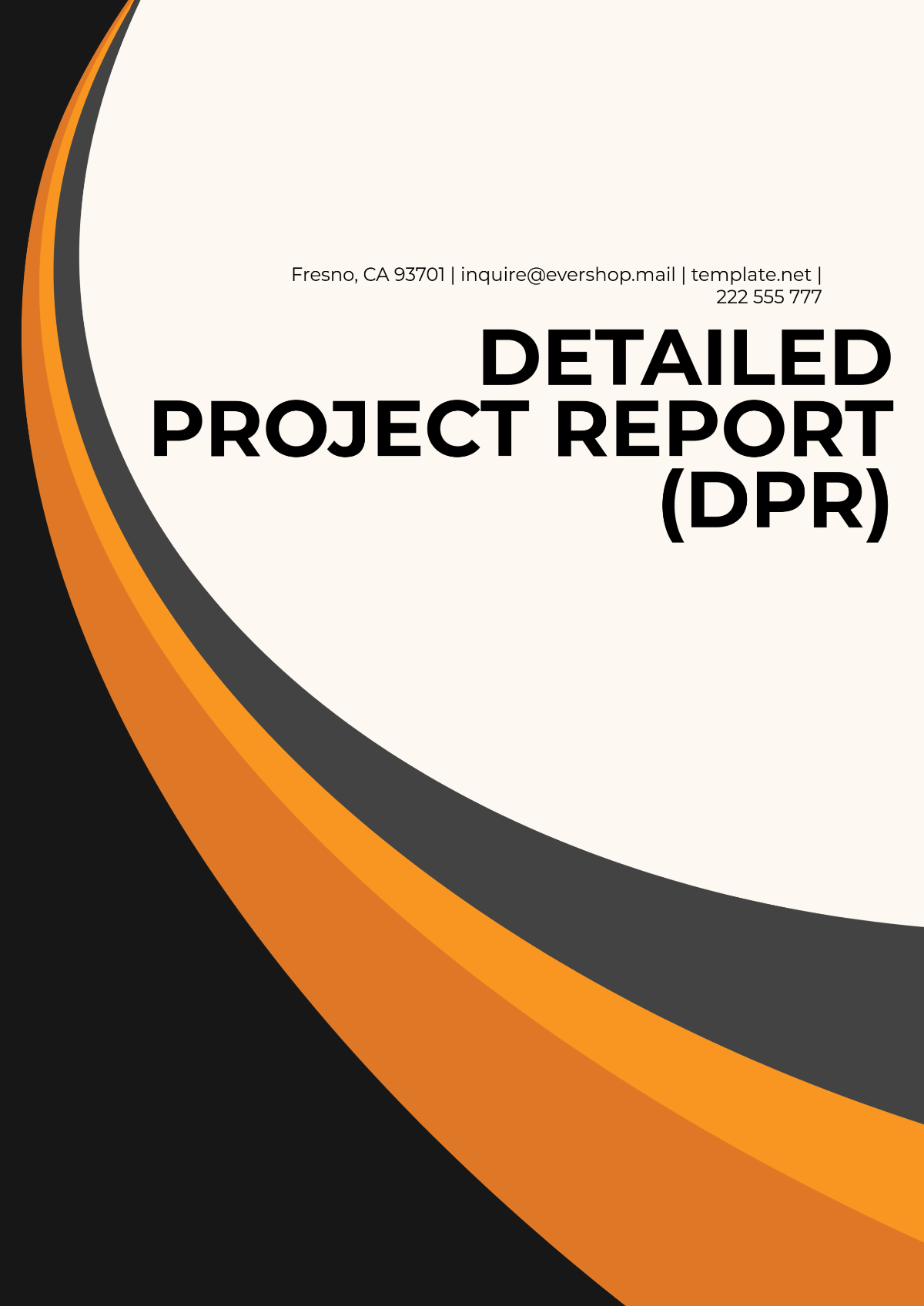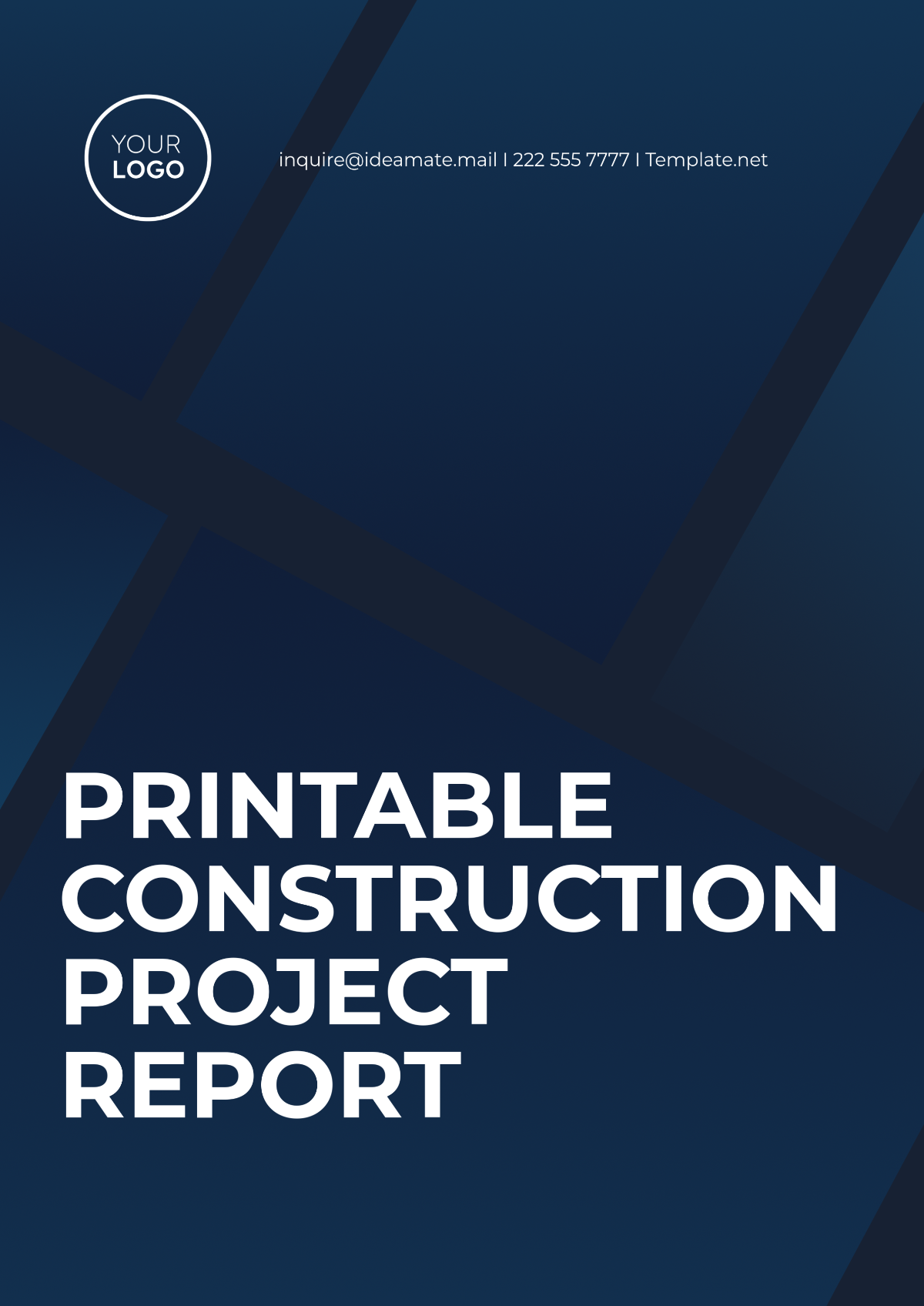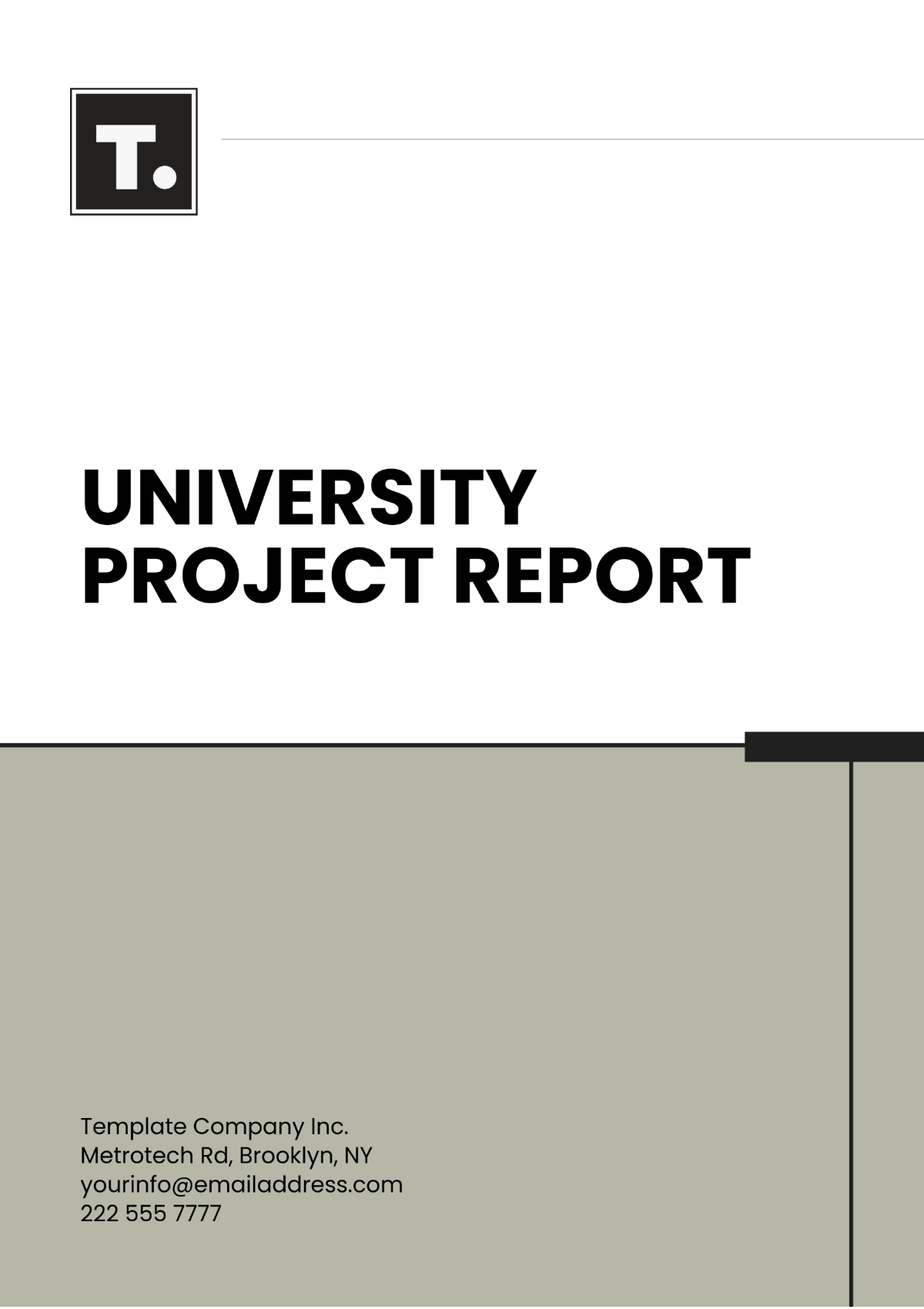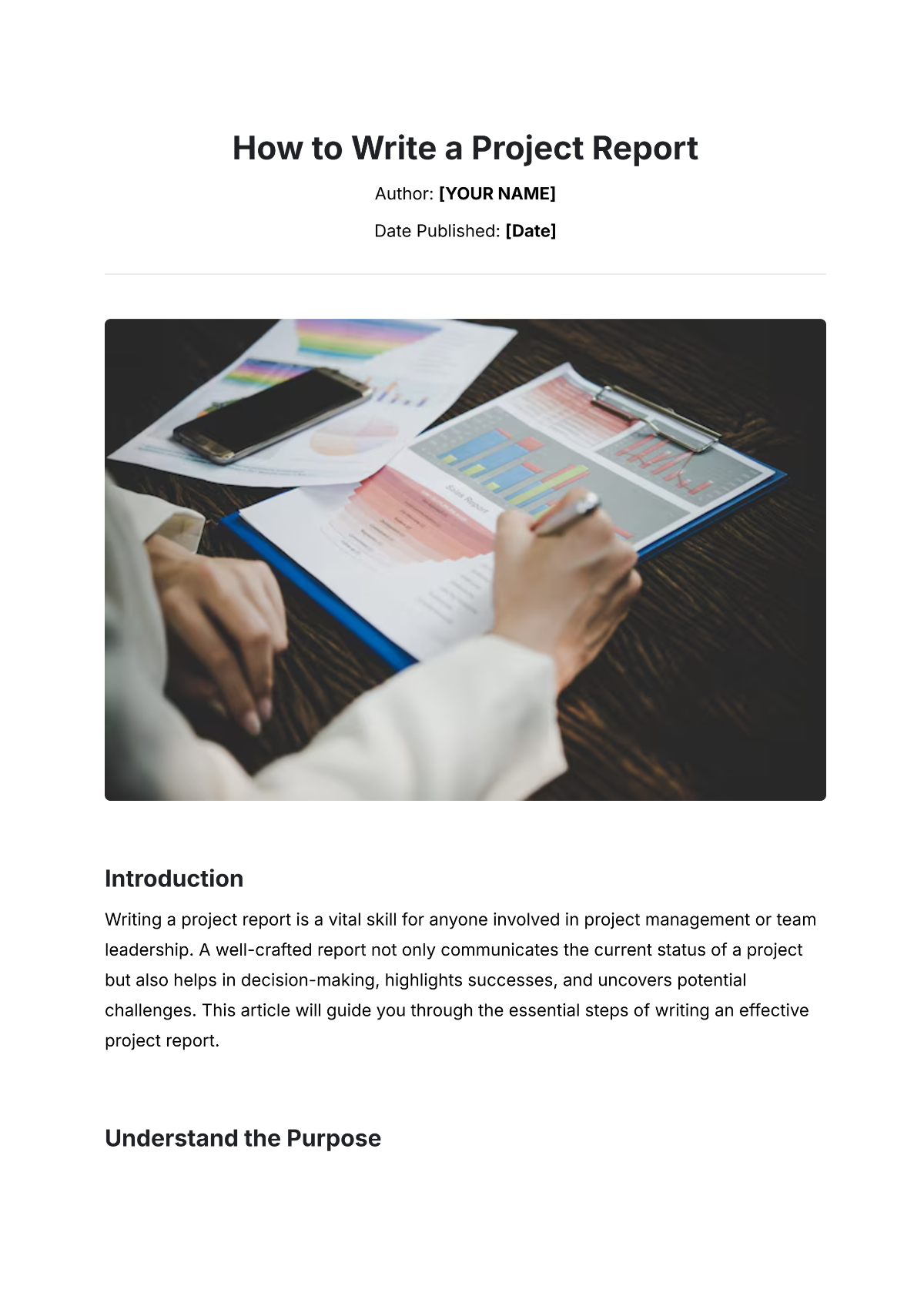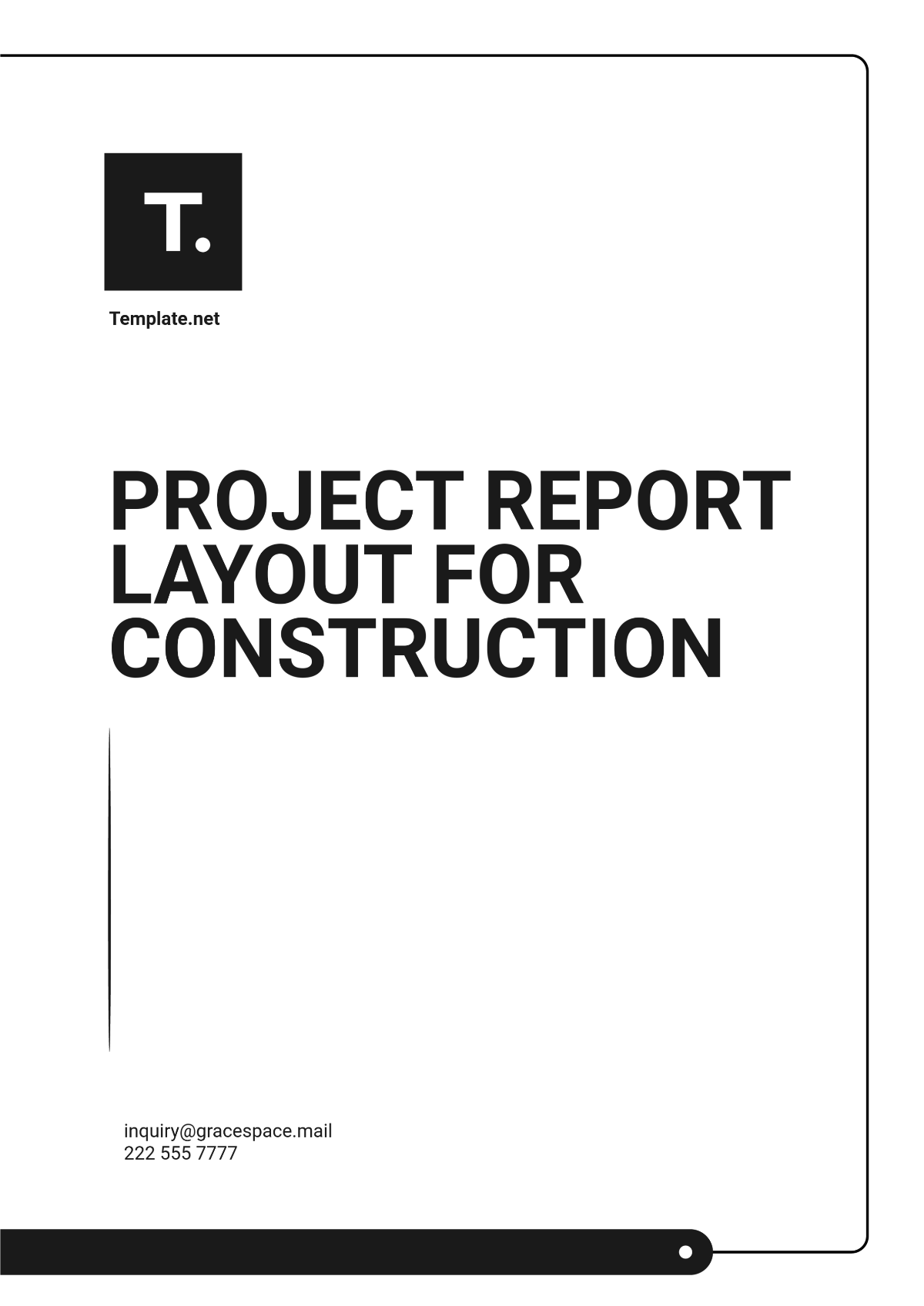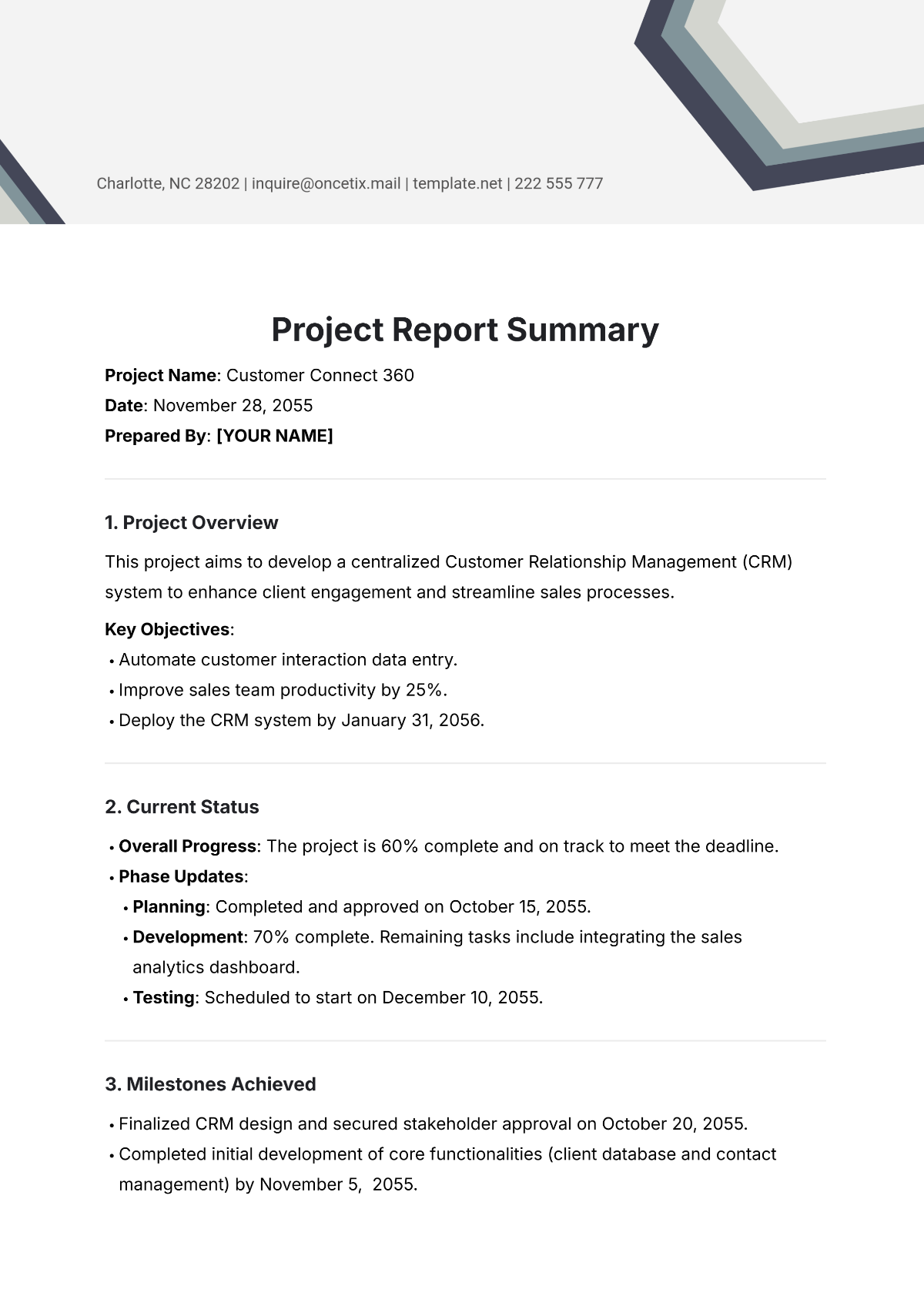Free International School Project Report

- 100% Customizable, free editor
- Access 1 Million+ Templates, photo’s & graphics
- Download or share as a template
- Click and replace photos, graphics, text, backgrounds
- Resize, crop, AI write & more
- Access advanced editor
Achieve professional-quality reports with the International School Project Report Template from Template.net. This fully customizable and editable template is perfect for students and educators alike. Easily tailored to meet specific requirements, this template saves time and enhances presentation quality. Utilize the AI Editor Tool for seamless editing and a polished final product.
You may also like
- Sales Report
- Daily Report
- Project Report
- Business Report
- Weekly Report
- Incident Report
- Annual Report
- Report Layout
- Report Design
- Progress Report
- Marketing Report
- Company Report
- Monthly Report
- Audit Report
- Status Report
- School Report
- Reports Hr
- Management Report
- Project Status Report
- Handover Report
- Health And Safety Report
- Restaurant Report
- Construction Report
- Research Report
- Evaluation Report
- Investigation Report
- Employee Report
- Advertising Report
- Weekly Status Report
- Project Management Report
- Finance Report
- Service Report
- Technical Report
- Meeting Report
- Quarterly Report
- Inspection Report
- Medical Report
- Test Report
- Summary Report
- Inventory Report
- Valuation Report
- Operations Report
- Payroll Report
- Training Report
- Job Report
- Case Report
- Performance Report
- Board Report
- Internal Audit Report
- Student Report
- Monthly Management Report
- Small Business Report
- Accident Report
- Call Center Report
- Activity Report
- IT and Software Report
- Internship Report
- Visit Report
- Product Report
- Book Report
- Property Report
- Recruitment Report
- University Report
- Event Report
- SEO Report
- Conference Report
- Narrative Report
- Nursing Home Report
- Preschool Report
- Call Report
- Customer Report
- Employee Incident Report
- Accomplishment Report
- Social Media Report
- Work From Home Report
- Security Report
- Damage Report
- Quality Report
- Internal Report
- Nurse Report
- Real Estate Report
- Hotel Report
- Equipment Report
- Credit Report
- Field Report
- Non Profit Report
- Maintenance Report
- News Report
- Survey Report
- Executive Report
- Law Firm Report
- Advertising Agency Report
- Interior Design Report
- Travel Agency Report
- Stock Report
- Salon Report
- Bug Report
- Workplace Report
- Action Report
- Investor Report
- Cleaning Services Report
- Consulting Report
- Freelancer Report
- Site Visit Report
- Trip Report
- Classroom Observation Report
- Vehicle Report
- Final Report
- Software Report
International School Project Report
I. Project Overview
Category | Details |
|---|---|
Project Title | Innovative STEM Education Program |
Project Coordinator | [YOUR NAME] |
Contact Information | [YOUR EMAIL] [YOUR COMPANY NUMBER] [YOUR COMPANY ADDRESS] [YOUR COMPANY WEBSITE] |
Date | January 15, 2052 |
School | [YOUR COMPANY NAME] |
Project Duration | September 1, 2051 – December 15, 2051 |
II. Objectives
The primary objective of this project was to meet the requirements of accrediting bodies or educational authorities by providing documented evidence of educational activities and their outcomes. Specifically, the project aimed to:
Enhance Student Engagement in STEM Subjects: Increase student interest and participation in STEM disciplines through interactive and hands-on learning experiences.
Improve Practical Application of Theoretical Concepts: Enable students to apply theoretical knowledge in real-world scenarios, thereby deepening their understanding and retention of STEM concepts.
Foster Collaborative Learning and Critical Thinking Skills: Develop teamwork, problem-solving, and critical thinking abilities through group projects and challenges.
Document and Evaluate Outcomes for Accreditation Compliance: Provide thorough documentation of activities, methodologies, and results to satisfy the requirements of accrediting bodies and educational authorities.
III. Methodology
A. Planning Phase
Stakeholder Meetings: Initial and follow-up meetings with school administrators, teachers, parents, and industry partners to define project goals and expectations.
Project Plan Development: Creation of a comprehensive project plan detailing objectives, resources, timeline, and assessment strategies. This included assigning roles and responsibilities to team members.
Resource Allocation: Identification and procurement of necessary resources, including educational materials, technological tools, and expert facilitators.
B. Implementation Phase
Weekly STEM Workshops: Conducted every Tuesday and Thursday, featuring hands-on activities, guest lectures, and collaborative projects.
Hands-On Projects: Students engaged in practical tasks such as building robots, designing circuits, and coding applications.
Curriculum Integration: STEM activities were integrated into the existing curriculum, ensuring a seamless blend of theoretical and practical learning.
Use of Digital Tools: Implementation of online platforms and tools like Google Classroom for assignment management, Code.org for coding lessons, and virtual labs for remote experiments.
C. Evaluation Phase
Pre-Project Assessment: Baseline assessments conducted to evaluate students’ initial knowledge and skills in STEM subjects.
Ongoing Monitoring: Continuous assessment through quizzes, project evaluations, and classroom observations.
Post-Project Assessment: Final evaluations to measure improvement in students’ knowledge and skills, using the same metrics as the pre-project assessment.
Feedback Collection: Surveys and feedback sessions with students, teachers, and parents to gather qualitative data on the project's impact and areas for improvement.
IV. Activities
Activity | Objective | Description | Outcome |
|---|---|---|---|
Robotics Workshop | Teach students the basics of robotics and programming. | Students built and programmed their own robots using VEX Robotics kits. They learned about sensors, motors, and control systems. | Students demonstrated their robots in a final competition, showcasing their programming and problem-solving skills. |
Coding Classes | Introduce students to fundamental coding concepts and languages. | Students learned coding languages such as Python and JavaScript through interactive lessons. Projects included creating simple games, apps, and websites. | Students presented their coding projects, demonstrating their understanding of algorithms, debugging, and user interface design. |
Engineering Challenges | Encourage practical application of engineering principles. | Students participated in challenges like bridge building with various materials and designing functioning electrical circuits. These activities emphasized creativity and structural integrity. | Teams presented their engineering solutions, highlighting their design process, challenges faced, and lessons learned. |
Science Experiments | Reinforce scientific principles through hands-on experimentation. | Conducted experiments such as chemical reactions, physics demonstrations using everyday materials, and biological observations. | Students documented their experiments in lab reports, illustrating their hypotheses, procedures, observations, and conclusions. |
V. Resources
Resource Type | Details |
|---|---|
Human Resources | Experienced STEM educators, supported by guest lecturers from leading tech companies. and university professors specializing in STEM fields. |
Materials | VEX Robotics kits, Raspberry Pi units, Arduino boards, laptops, and coding software such as Python and JavaScript IDEs. Various construction materials for building bridges, circuits, and other engineering projects. Standard lab equipment for conducting chemical, physical, and biological experiments. |
Digital Platforms | Google Classroom for managing assignments, communication, and resource sharing. Code.org for coding lessons and interactive programming activities. Virtual labs for conducting and simulating scientific experiments remotely. |
VI. Timeline
Date | Activity |
|---|---|
September 1, 2051 | Project kick-off meeting with all stakeholders. |
September 15, 2051 | Start of weekly workshops and classes focusing on robotics and coding. |
October 30, 2051 | Mid-project review meeting to assess progress and make necessary adjustments. |
November 1-30, 2051 | Engineering challenges and science experiments. |
December 1, 2051 | Final assessment period and student project presentations. |
December 15, 2051 | Project conclusion, data analysis, and preparation of the final report. |
VII. Results
A. Student Engagement
Participation Rate: Over 95% of students actively participated in the workshops and projects.
Feedback: Student feedback indicated a high level of interest and enthusiasm for STEM subjects, with many expressing a desire for continued STEM activities.
B. Learning Outcomes
Assessment Scores: Average test scores increased by 20% from the pre-project baseline, indicating significant improvement in students' understanding and application of STEM concepts.
Skill Development: Enhanced problem-solving, critical thinking, and teamwork skills were observed, with students successfully collaborating on complex projects and challenges.
C. Accreditation Compliance
Documentation: Comprehensive documentation of project activities, methodologies, and results was provided to accrediting bodies.
Evaluation: The project received positive evaluations from accrediting bodies, meeting all required standards and receiving commendations for innovative approaches and effective implementation.
VIII. Conclusion
The Innovative STEM Education Program successfully achieved its objectives, demonstrating the effectiveness of hands-on, interactive learning in enhancing STEM education. The documented evidence provided in this report ensures compliance with accrediting bodies' standards, positioning [YOUR COMPANY NAME] as a leader in innovative educational practices.
IX. Recommendations
Program Expansion: Continue and expand the STEM program to include more advanced topics and projects, such as artificial intelligence, machine learning, and advanced robotics.
Industry Collaboration: Increase collaboration with industry partners to provide real-world insights and experiences, including internships and mentorship opportunities.
Curriculum Updates: Regularly update the curriculum based on feedback from students, teachers, and industry trends to ensure relevance and effectiveness.
X. Appendices
Appendix A: Pre- and Post-Assessment Data
Metric | Pre-Project | Post-Project | Improvement |
|---|---|---|---|
Average Score | 65% | 85% | 20% |
Coding Skills | Basic understanding | Intermediate proficiency | Significant improvement |
Engineering Skills | Introductory knowledge | Practical application and problem-solving | Enhanced application |
Appendix B: Student Feedback Surveys
Question | Positive Responses | Neutral Responses | Negative Responses |
|---|---|---|---|
Did you enjoy the STEM program? | 90% | 8% | 2% |
Do you feel more confident in STEM subjects? | 85% | 10% | 5% |
Would you like to participate in similar programs in the future? | 95% | 4% | 1% |
Appendix C: Accreditation Evaluation Report
Criterion | Evaluation |
|---|---|
Innovation in Teaching Methods | Commended for integrating hands-on learning and technology. |
Student Engagement | High level of student engagement and participation. |
Educational Outcomes | Significant improvement in student knowledge and skills, meeting accreditation standards. |


